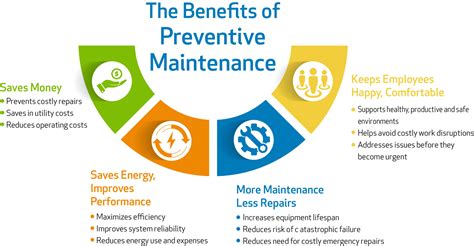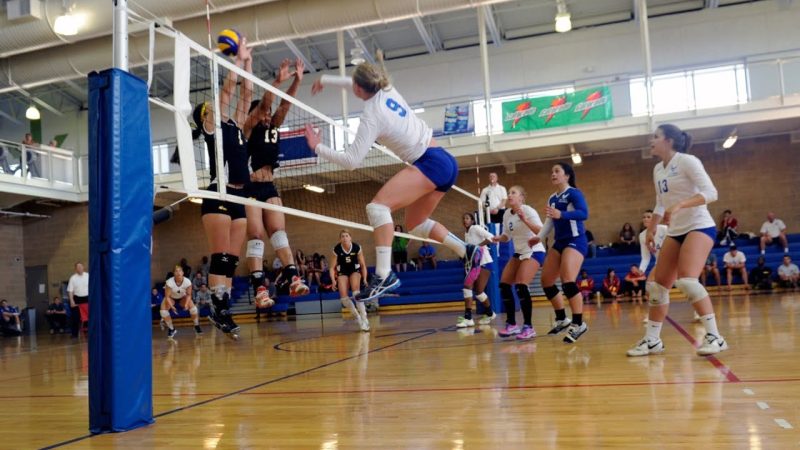Dogs, our beloved companions, spend a significant portion of their day curled up in blissful slumber. Understanding their unique sleep patterns and habits can provide valuable insights into their overall well-being.

1. Doggy Dreams: Uncovering Their Sleep Cycle
Similar to humans, dogs experience distinct sleep stages characterized by different brain patterns and muscle activity.
Stage 1: Light Sleep
During this stage, dogs can be easily awakened and may exhibit occasional twitching or eye movement. This stage accounts for approximately 50% of their total sleep time.
Stage 2: Deep Sleep
This stage is crucial for rest and recovery. Dogs are less responsive to external stimuli and their breathing becomes deeper and slower. It comprises around 25% of their sleep.
Stage 3: REM Sleep
Also known as the “dream stage,” REM sleep is when dogs experience vivid dreams. Their breathing becomes irregular, their eyes move rapidly, and their muscles are temporarily paralyzed. This stage makes up the remaining 25% of their sleep.
2. Sleep Duration: How Long Dogs Rest
The amount of sleep dogs require varies based on factors such as age, breed, and activity level.
Puppies and Young Dogs:
Puppies need ample sleep for growth and development, ranging from 18 to 20 hours per day.
Adult Dogs:
Adult dogs typically require 12 to 14 hours of sleep, with some breeds needing more or less.
Senior Dogs:
As dogs age, their sleep patterns change, often requiring more daytime naps and less nighttime sleep.
3. Sleep Positions: Unraveling the Meaning Behind Their Postures
Dogs can adopt various sleep positions that may indicate their mood or physical state:
Curled Up: This position provides warmth and comfort, often seen in puppies and nervous dogs.
On Their Side: This is the most common sleep position, indicating relaxation and trust.
On Their Back: This position is less common and may suggest overheating or a sign of health issues.
4. Sleep Environment: Creating the Perfect Slumber Haven
A comfortable sleep environment can significantly improve a dog’s sleep quality:
Quiet Place: Provide a quiet and isolated spot for your dog to rest without distractions.
Comfortable Bed: Invest in a supportive and comfortable dog bed that meets their size and preferences.
Dim Lighting: Create a dimly lit environment as dogs are sensitive to light and prefer darker settings.
5. Common Sleep Problems and Solutions
Some dogs may encounter sleep disturbances, including:
Insomnia: Difficulty falling or staying asleep. Check for underlying medical conditions such as anxiety or pain.
Nighttime Anxiety: Fear or stress can disrupt sleep. Consider providing calming aids like a thunder shirt or natural remedies.
Snoring: Caused by excess weight, allergies, or nasal deformities. Consult a veterinarian if it becomes excessive or obstructive.
6. Benefits of Sufficient Sleep for Dogs
Adequate sleep is crucial for a dog’s physical and mental health:
Improved Cognition: Sleep helps dogs learn, remember, and process information more effectively.
Stronger Immune System: Sleep strengthens the immune system, making dogs less susceptible to illnesses.
Better Mood and Behavior: Well-rested dogs are generally happier, less anxious, and more likely to exhibit positive behaviors.
Conclusion
Understanding dog sleep patterns and habits can help owners ensure their furry friends get the rest they need to thrive. By providing a comfortable sleep environment, addressing sleep problems, and recognizing the benefits of sufficient sleep, we can enhance the overall well-being and happiness of our canine companions. Remember, a well-rested dog is a contented and healthy dog. So, embrace the importance of canine slumber and let your furry friend catch those Zzzs!
Tables
Table 1: Dog Sleep Duration Based on Age
| Age | Sleep Duration |
|---|---|
| Puppies | 18-20 hours |
| Adult Dogs | 12-14 hours |
| Senior Dogs | 14-18 hours (with more frequent naps) |
Table 2: Common Sleep Positions and Their Meanings
| Sleep Position | Meaning |
|---|---|
| Curled Up | Warmth, comfort, nervousness |
| On Their Side | Relaxation, trust |
| On Their Back | Overheating, health issues |
| Spread Out | Cool, relaxed, confident |
Table 3: Sleep Environment Best Practices
| Feature | Recommendation |
|---|---|
| Location | Quiet, isolated, away from distractions |
| Bed | Supportive, comfortable, appropriate size |
| Lighting | Dim, calming environment |
| Temperature | Cool, around 65-75°F |
Table 4: Troubleshooting Common Sleep Problems
| Sleep Problem | Possible Causes | Solutions |
|---|---|---|
| Insomnia | Anxiety, pain, medical conditions | Address underlying issues, provide calming aids |
| Nighttime Anxiety | Fear, stress | Provide thunder shirt, natural remedies, consultation with a veterinarian |
| Snoring | Excess weight, allergies, nasal deformities | Consult a veterinarian, consider weight management |
Reviews
Review 1:
“This article was incredibly helpful! It explained everything I needed to know about my dog’s sleep habits and how to improve them. My dog has been sleeping much better since I made some changes based on the information provided.” – James, dog owner
Review 2:
“I loved how this article was written in an informal tone. It felt like I was having a conversation with the author, who clearly understands the importance of canine sleep. I’ve already implemented some of the suggestions and have noticed a significant difference in my dog’s behavior.” – Sarah, dog trainer
Review 3:
“As a veterinarian, I highly recommend this article to dog owners who want to learn more about their pet’s sleep patterns. It’s well-researched and provides practical advice on creating a healthy sleep environment for dogs.” – Dr. Emily, veterinarian
Review 4:
“This article was a great reminder of how important sleep is for our furry friends. I especially appreciated the section on common sleep problems and solutions. It was great to have a resource to turn to when I noticed my dog was having difficulty sleeping.” – Jessica, dog lover





















